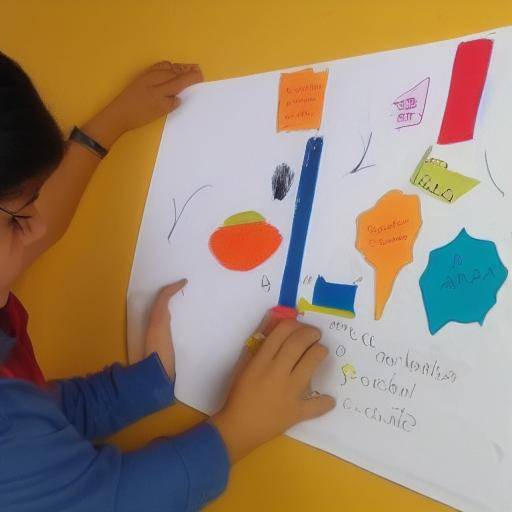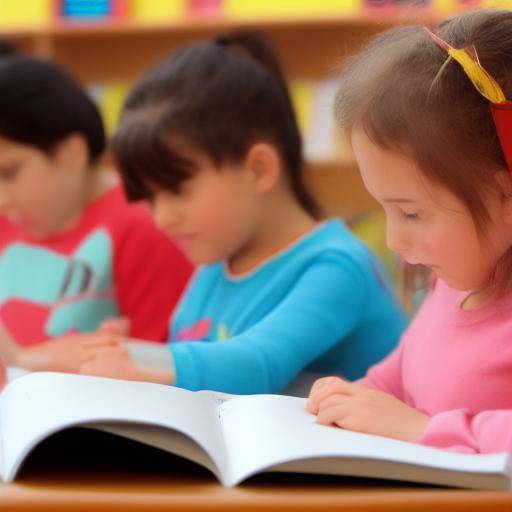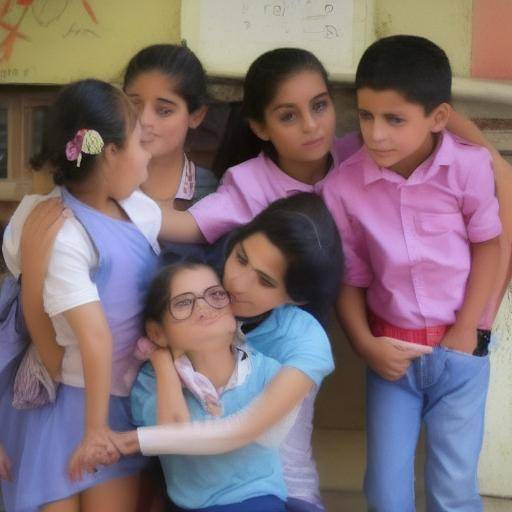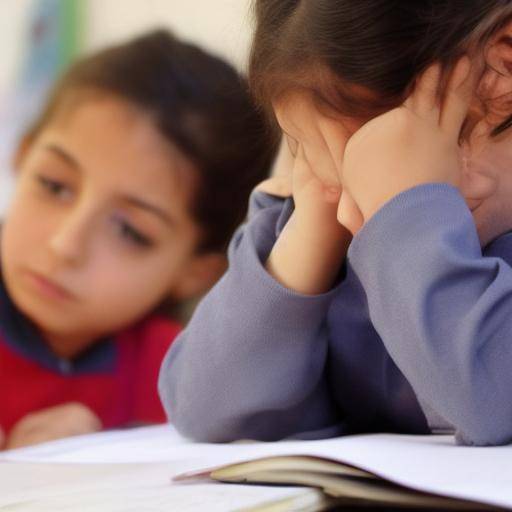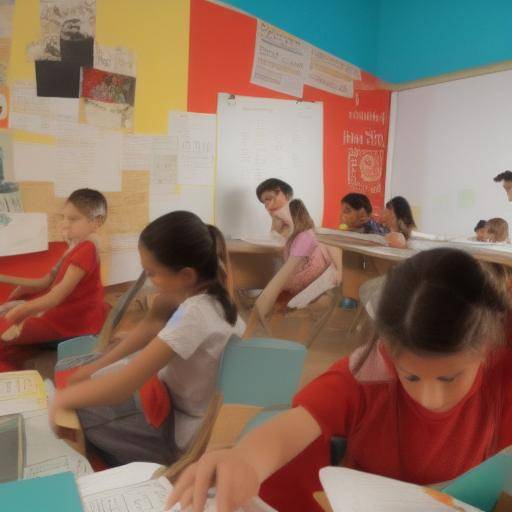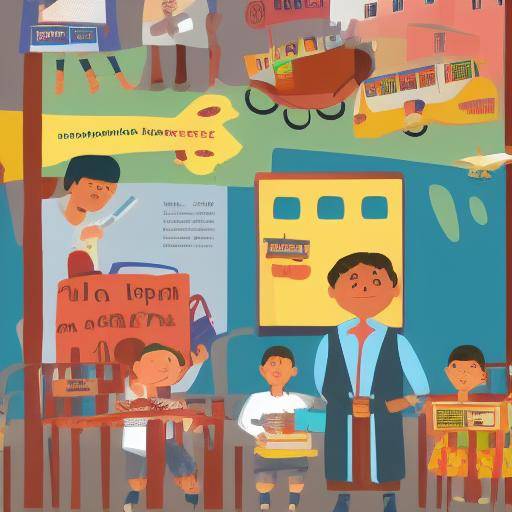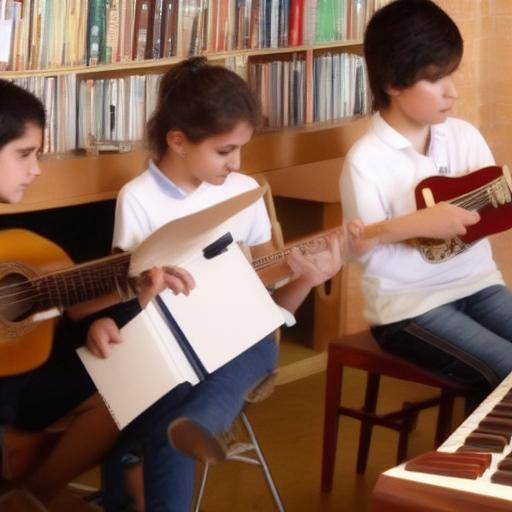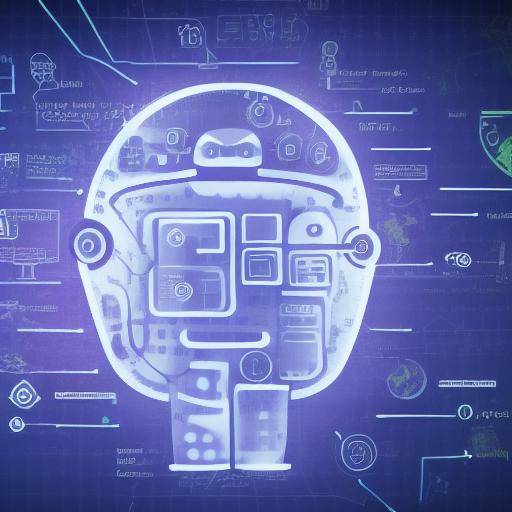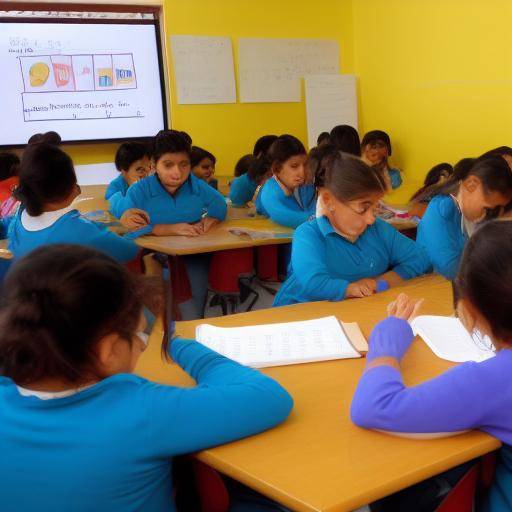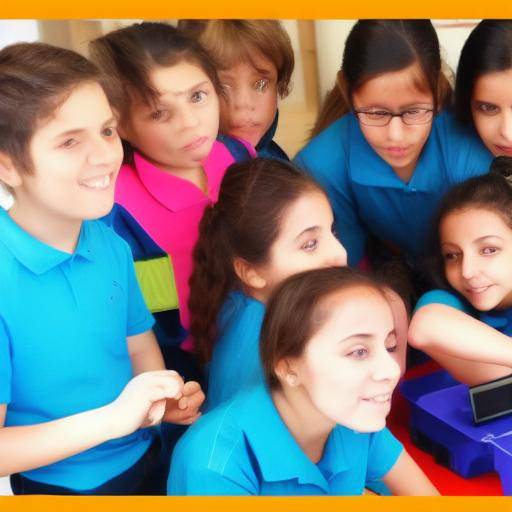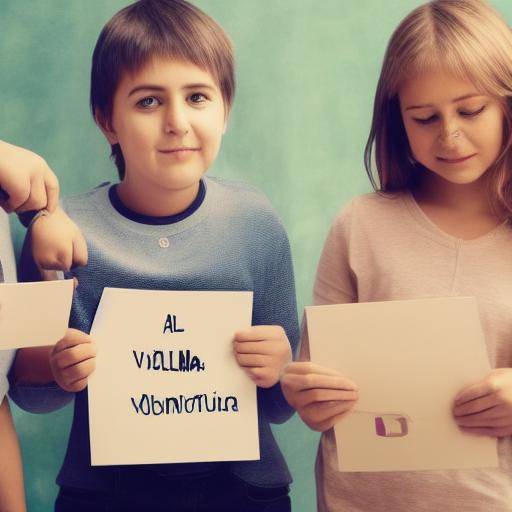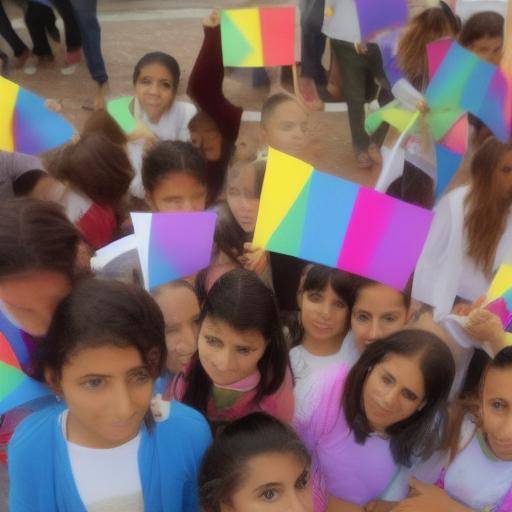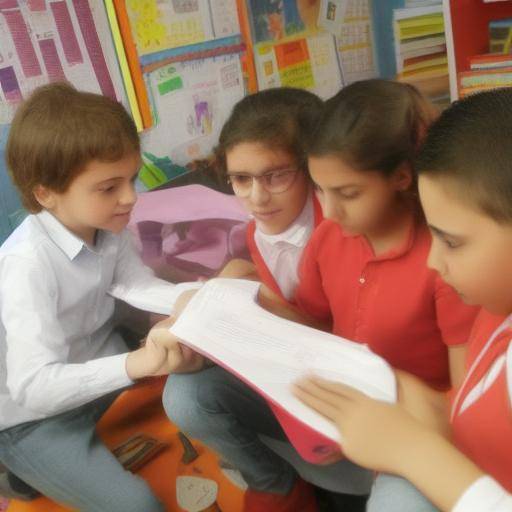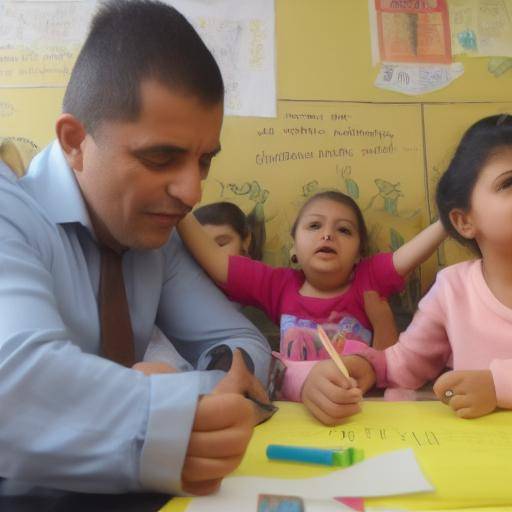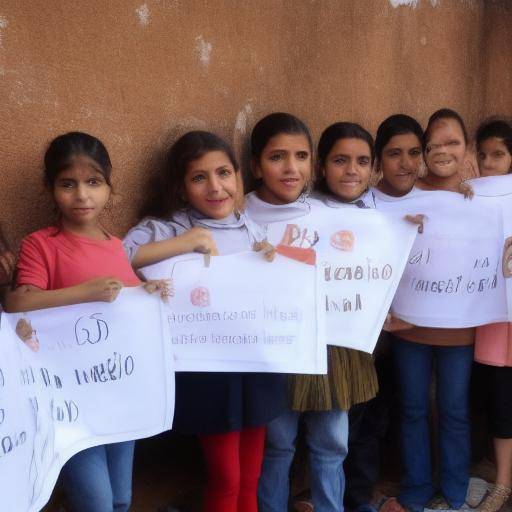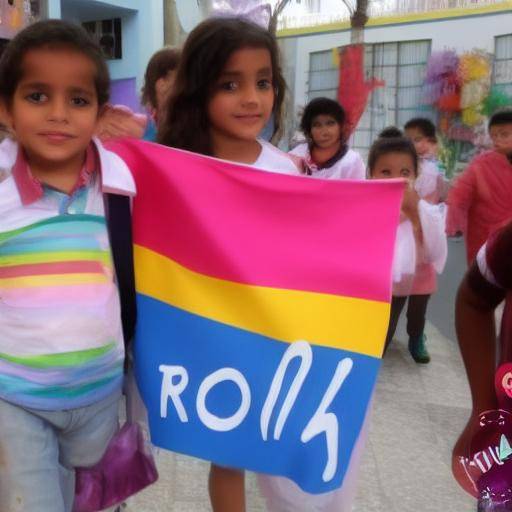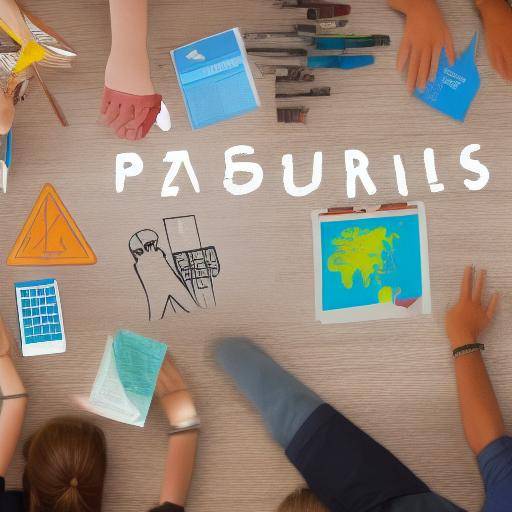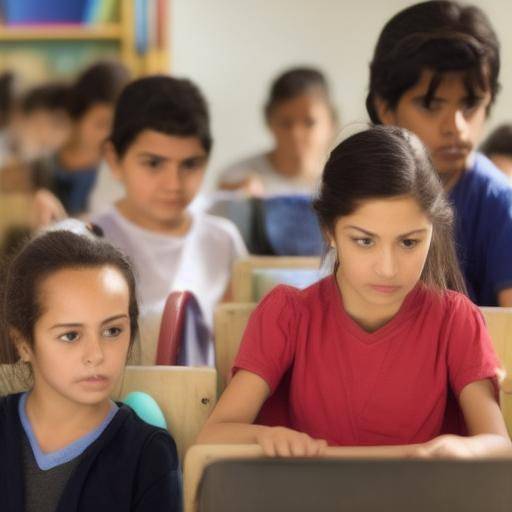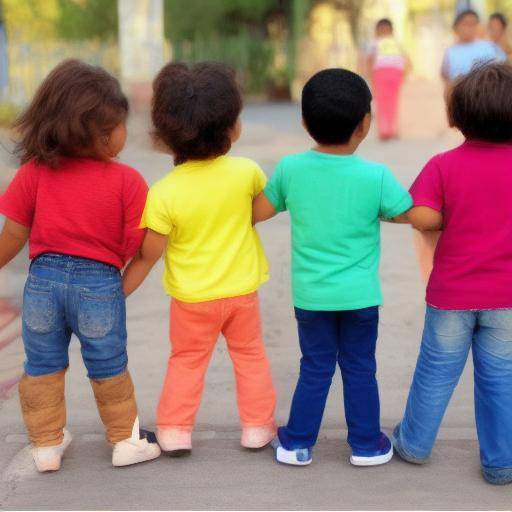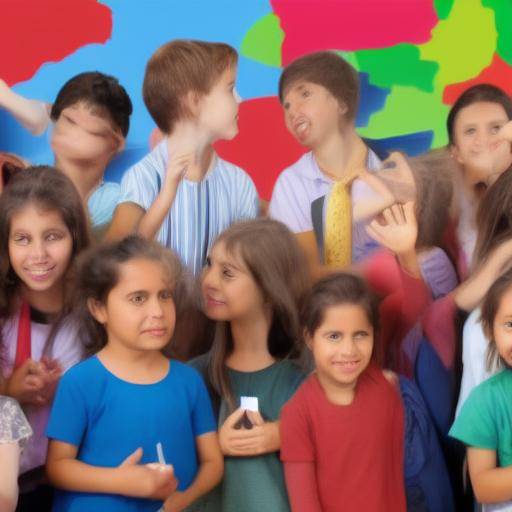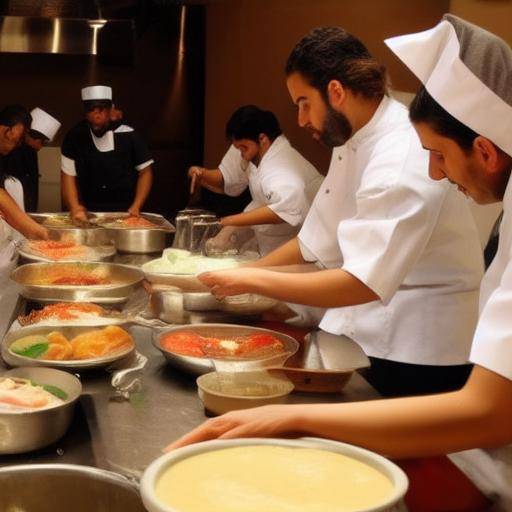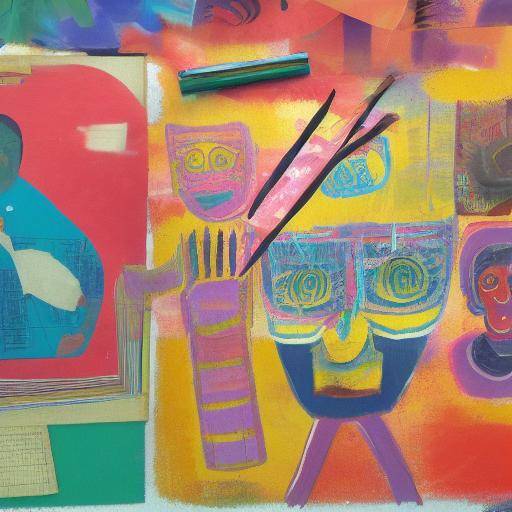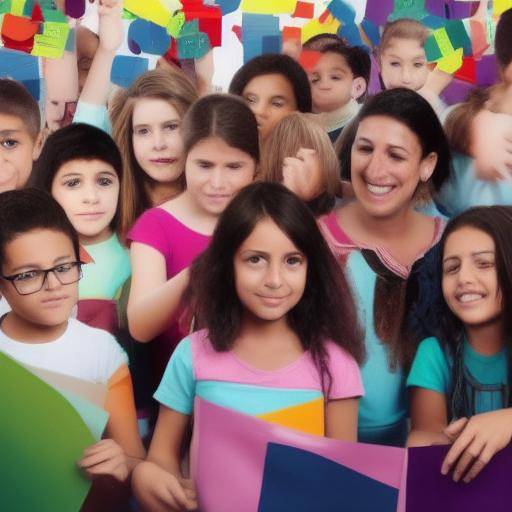
Introduction
At present, the role of cultural diversity in emotional education is a subject of growing relevance in the educational field. The intersection between cultural diversity and emotional education not only enriches educational experience, but also promotes understanding, empathy and respect for differences. In this article, we will explore in detail the fundamental role of cultural diversity in emotional education, analyzing its importance, benefits, challenges and opportunities in the educational context.
History and Background
The relationship between cultural diversity and emotional education has deep roots in the history of humanity. From ancient civilizations to contemporary social and cultural movements, diversity has been a central pillar in the formation of individual and collective identities.
Emotional education, for its part, has evolved over the centuries, from a purely academic approach to an integral understanding of emotional well-being and interpersonal intelligence. Modern pedagogical currents have recognized the importance of integrating cultural diversity into emotional education to form emotionally intelligent and culturally competent individuals.
Importance of Cultural Diversity in Emotional Education
Cultural diversity enriches emotional education by offering different perspectives, values, traditions and forms of emotional expression. This cultural wealth gives students the opportunity to understand and value emotions in diverse cultural contexts, fostering empathy, respect and tolerance.
Benefits of Integrating Cultural Diversity in Emotional Education
The integration of cultural diversity in emotional education fosters intercultural sensitivity, strengthens emotional self-consciousness and promotes acceptance of diversity as an enriching asset. These benefits are fundamental to the development of solid emotional skills and the construction of inclusive societies.
_Example:_A study conducted at a multilingual and multicultural school showed that the integration of traditional tales from different cultures into the curriculum of emotional education increased understanding and appreciation for the diverse emotions and cultural expressions among students.
Analysis in Deep
Challenges in the Integration of Cultural Diversity in Emotional Education
Despite the obvious benefits, the integration of cultural diversity in emotional education presents significant challenges, such as the lack of culturally sensitive educational resources, resistance to curriculum changes and the need for specific teacher training.
Current Trends in Emotional Education and Cultural Diversity
Current trends highlight the importance of emotional education focused on cultural diversity, with pedagogical approaches that promote inclusion, equity and respect for diversity.
Exhaustive examination
Applications Emotional Education Practices Focused on Cultural Diversity
Various educational institutions have implemented emotional education programs that integrate cultural diversity effectively. These programmes include strategies to promote cultural self-consciousness, intercultural emotional management and conflict resolution based on multicultural understanding.
Comparative analysis
Synergies between Paper, Cultural Diversity and Emotional Education
The role of cultural diversity in emotional education is intertwined significantly with the promotion of equity, social justice and community cohesion. The comparison between the role of cultural diversity and its effects on emotional education reveals complementarity and interdependence between both concepts.
Practical Tips and Accessible Recommendations
Tips for Integrating Cultural Diversity in Emotional Education
- Promote the inclusion of diverse materials and cultural resources in the educational curriculum.
- Promote collaboration with the community to enrich emotional education with authentic cultural perspectives.
- Train teachers in intercultural competition and strategies to address emotions in diverse contexts.
Perceptions of Industry and Expert Reviews
Perspectives of Experts on Education and Cultural Diversity
Highlighted educators and experts in cultural diversity emphasize the importance of recognizing and assessing the emotional contributions of different cultures in the educational process. Their views support the integration of cultural diversity in emotional education as a way to prepare students for global interaction and intercultural citizenship.
Case Studies and Practical Applications
Success cases in the Integration of Cultural Diversity in Emotional Education
The successful implementation of programmes that integrate cultural diversity in emotional education has resulted in increased student participation, a decline in intercultural conflicts, and a more inclusive and enriching school climate.
Future Trends and Predictions
The Future of Cultural Diversity in Emotional Education
Future trends aim at greater integration of cultural diversity in global emotional education, with an approach to the formation of emotionally intelligent, culturally competent and socially conscious citizens.
Conclusion
In short, the role of cultural diversity in emotional education is fundamental for the integral development of students, the promotion of intercultural respect and the construction of inclusive and equitable societies. Integrating cultural diversity in emotional education not only enriches the educational environment, but also prepares future generations to be empathic and conscious global citizens.
Frequently asked questions
1. Why is it important to integrate cultural diversity into emotional education?
The integration of cultural diversity in emotional education is crucial to foster intercultural understanding, promote acceptance of diversity and strengthen emotional skills in diverse contexts.
2. How can educators address emotions from a culturally diverse perspective?
Educators can incorporate literature, art and cultural traditions into the study of emotions, foster reflection on cultural differences in emotional expression and promote intercultural dialogue in the classroom.
3. What challenges do educational institutions face when integrating cultural diversity into emotional education?
The challenges include the lack of inclusive cultural resources, institutional resistance to curriculum change and the need for specific teacher training in intercultural competence.
4. How can students benefit from emotional education focused on cultural diversity?
Students develop greater intercultural sensitivity, a deeper understanding of their own emotions in diverse cultural contexts, and the ability to interact in a respectful and empathic way with people from different cultures.
5. What is the impact of inclusive emotional education on the school community?
Inclusive emotional education promotes a more harmonious school environment, less prone to intercultural conflicts, and promotes respect, acceptance and celebration of diversity.
6. How will the future of emotional education be focused on cultural diversity?
The future of emotional education focused on cultural diversity aims at greater integration of intercultural and emotional competencies, the promotion of global citizenship and the promotion of inclusive and equitable societies.
Conclusion: In this article we have explored in detail the role of cultural diversity in emotional education, recognizing its importance, analyzing its benefits and challenges, and projecting its future trends. The effective integration of cultural diversity in emotional education not only enriches the educational experience, but also prepares future generations to be economically and culturally competent global citizens. Understanding the intersection between cultural diversity and emotional education is essential to building inclusive and respectful societies of diversity.
Finally, to continue to deepen this important issue, we encourage you to explore additional resources and continue to participate in discussions that promote the integration of cultural diversity in emotional education.
With this, we conclude the detailed analysis of the role of cultural diversity in emotional education, highlighting its importance, benefits, challenges and opportunities. We hope that this article has provided an integral understanding of this crucial issue in the field of education.
It recalls that the integration of cultural diversity in emotional education is a continuous journey towards more inclusive and understanding societies.
Thanks for your reading and commitment to emotional education focused on cultural diversity!
Note: This article has informative and educational purposes. For specific advice on emotional education and cultural diversity, it is recommended to consult professionals or experts in the field.









